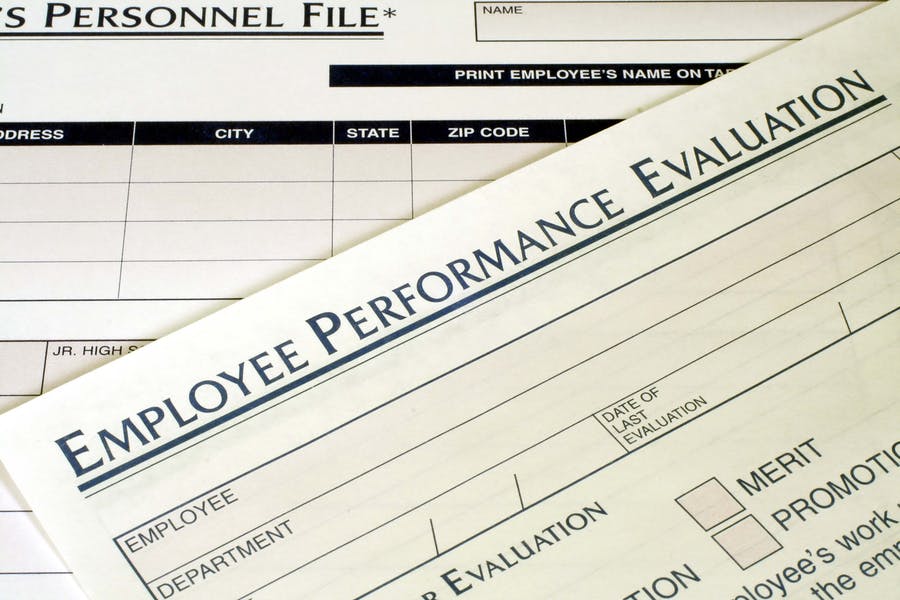The hiring process is often long and difficult and then comes the challenge of employee retention and continued growth and upskilling of the entire workforce. Currently, employee reviews are utilized in order to evaluate where an employee stands and what strengths, weaknesses, and areas of improvement they may have. These reviews aim to remain unbiased and fair, but within small businesses that have tight-knit teams and a limited number of employees, this can become quite a challenge. HR professionals and the managers they support at small businesses are constantly looking for better ways to evaluate their workforce, or more useful metrics to evaluate when entering a performance review.
For them, the key to success is by focusing on three key metrics: goal achievement, productivity, and learning and development. These are also important measures to incorporate into evaluations and performance reviews at any business.
Pay attention to goals
When evaluating an individual, the first question managers should ask is: Do the employee’s and organization’s goals align?
When a new hire first starts at an organization they are often given basic projects and assigned duties that eventually grow into continued responsibility. Following this onboarding period, employees may be asked what their goals are for their career or time at the organization. The more closely those goals align with the needs of the business, they are more likely the employee is to be successful.
From a manager’s perspective this is helpful because it sets a benchmark to continue following throughout an employee’s career. It is up to the manager to work with the employee to set goals and review them periodically — and not simply wait until some future point when the review is conducted. If goals or productivity begin to shift, there may be an issue that can be addressed in order to keep the individual on track and engaged with the workforce.
Overall productivity
The success of a business rides on employee productivity and a healthy bottom line, making employee productivity an incredibly valuable metric to track. How can managers effectively evaluate an employee’s productivity? First, take a look at the work. Has the employee been completing tasks late, or not up to company standards? Or, have they been going above and beyond on projects? Either way the answer falls it’s important to keep this in mind.
Next, pay attention to peer evaluations. Peer evaluations through an assessment system are incredibly useful when performance reviews roll around. These evaluations provide managers with insight on areas they may not always see like day-to-day activity or insight into workplace relationships. Lastly, businesses should look into the implementation of time management tracking software. These programs look at the back-end of systems and provide valuable analytics into employee behavior, such as how long they spend away from their desks or which tasks take the most time. From here, adjustments can be made accordingly.
Strategic learning and development
Is an employee taking advantage of learning and growth opportunities? This final question is all about ambition and the desire to drive the business forward.
Many businesses offer formal training sessions or an online portal where employees can self pace their training and achieve various certifications or new skills to help them in their career. Proper employee training helps employees grow in their abilities, but also enables a business to reach maximum productivity, but none of this can happen if an employee is not engaged and taking advantage of these opportunities.
Managers and HR professionals must pay attention to the overall engagement of their workforce and evaluate individuals on any existing knowledge gaps that may exist. From there, help the employee set learning goals, perhaps even a number of classes they’ll attend each month.
Small businesses may not provide the kind of L&D opportunities as larger organizations, but it is even more telling to know if the employee took the initiative to earn outside credits. Granting employees time to attend outside training or subsidizing the cost of approved programs serves everyone’s best interests.
Employee evaluations can be difficult, but paying attention to specific metrics throughout a quarter can help streamline and optimize the process. Focusing on the three main metrics of productivity, engagement, and continued education will help keep evaluations effective.
